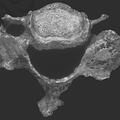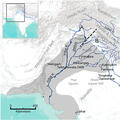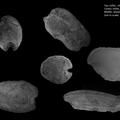Bioarchaeology of the Indus Valley Civilization: Biological Affinities, Paleopathology, and Chemical Analyses
"In spite of the challenges that face bioarchaeological research in South Asia, the results obtained from the investigations of the past 30 years have revolutionized our understanding of the peoples of the ancient Indus Valley, providing contemporary, scientifically informed interpretations from skeletal collections that were often collected decades ago."




